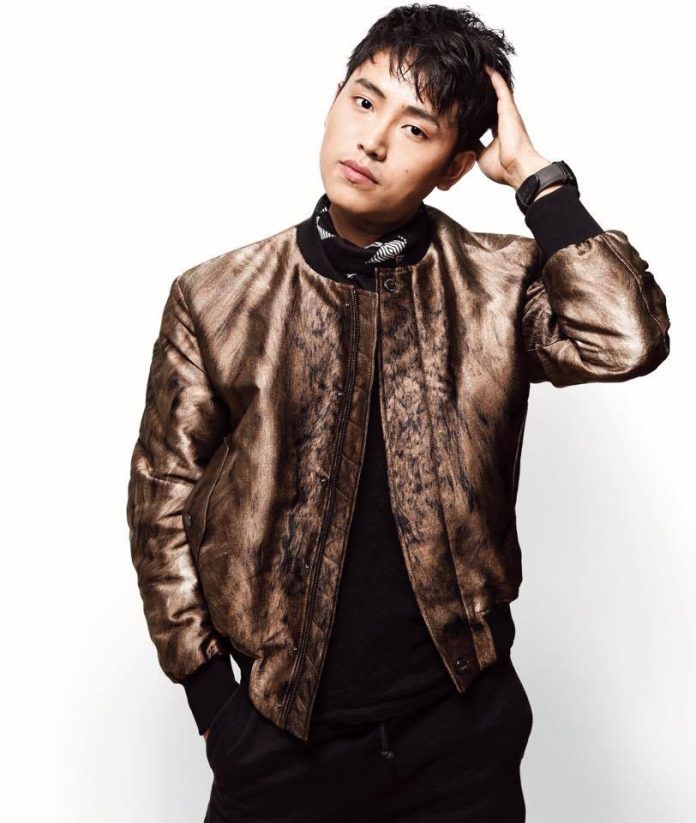
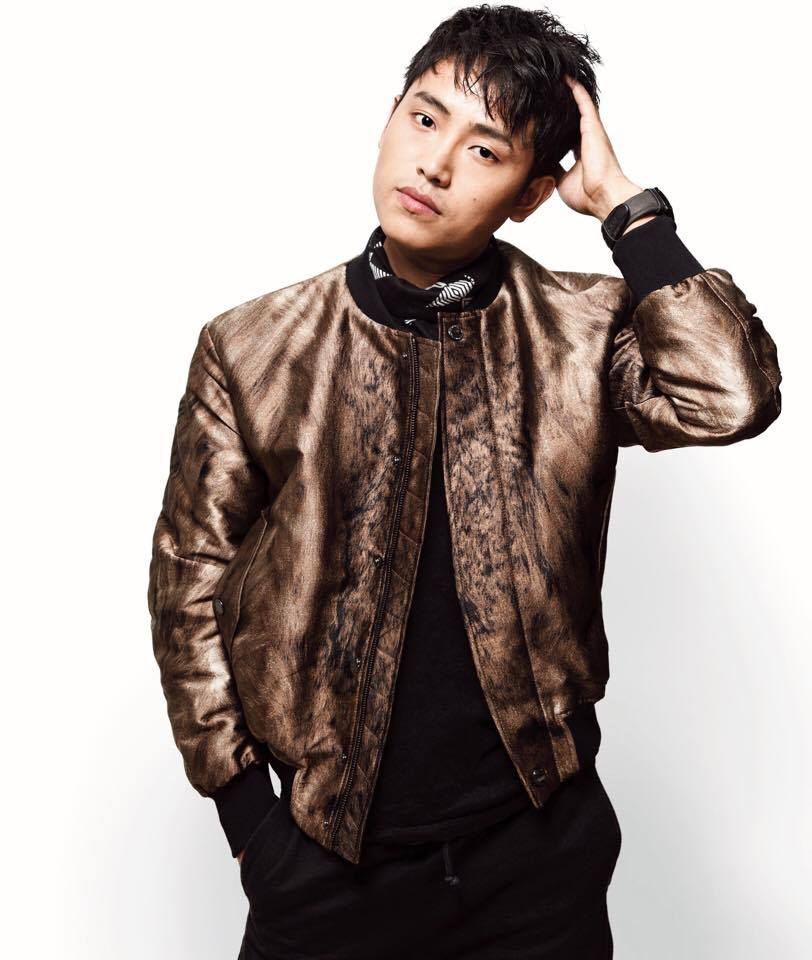 International style and tribal motifs are as different as chalk and cheese, but not for Nixon Bui. This Copenhagen-based, Arunachal Pradesh born, up and coming fashion designer believes in seamlessly bringing the two perceived to be different elements together to create beautiful designs that are not only appealing but also eco-friendly. In an interview with Cindrebay, the Business Management graduate speaks about his move to fashion and why it is important for the government to pay attention to rising talents in the North East.
International style and tribal motifs are as different as chalk and cheese, but not for Nixon Bui. This Copenhagen-based, Arunachal Pradesh born, up and coming fashion designer believes in seamlessly bringing the two perceived to be different elements together to create beautiful designs that are not only appealing but also eco-friendly. In an interview with Cindrebay, the Business Management graduate speaks about his move to fashion and why it is important for the government to pay attention to rising talents in the North East.
Please tell us something about your childhood. How was it growing up in Arunachal Pradesh? Did the sensitive political situation have an impact on your childhood?
Actually, it was amazing growing up in Arunachal! I cherish every single memory of my life growing up there. I come from this very small town called Daporijo, a beautiful valley town in the lap of bountiful nature. Life back then was very different than it is today. We used to interact with our surroundings-people, nature, or any physical objects- daily and deeply. There were no smartphones back then. And, I feel privileged growing up like that because I think it makes our imagination quite vivid.
I understand that right now my state is going through some political turmoil, but we did not face any such problems while growing up. Things and situations change with time, and so do instincts and intentions. And, I am sure that we will soon hear about some positive change in our state.
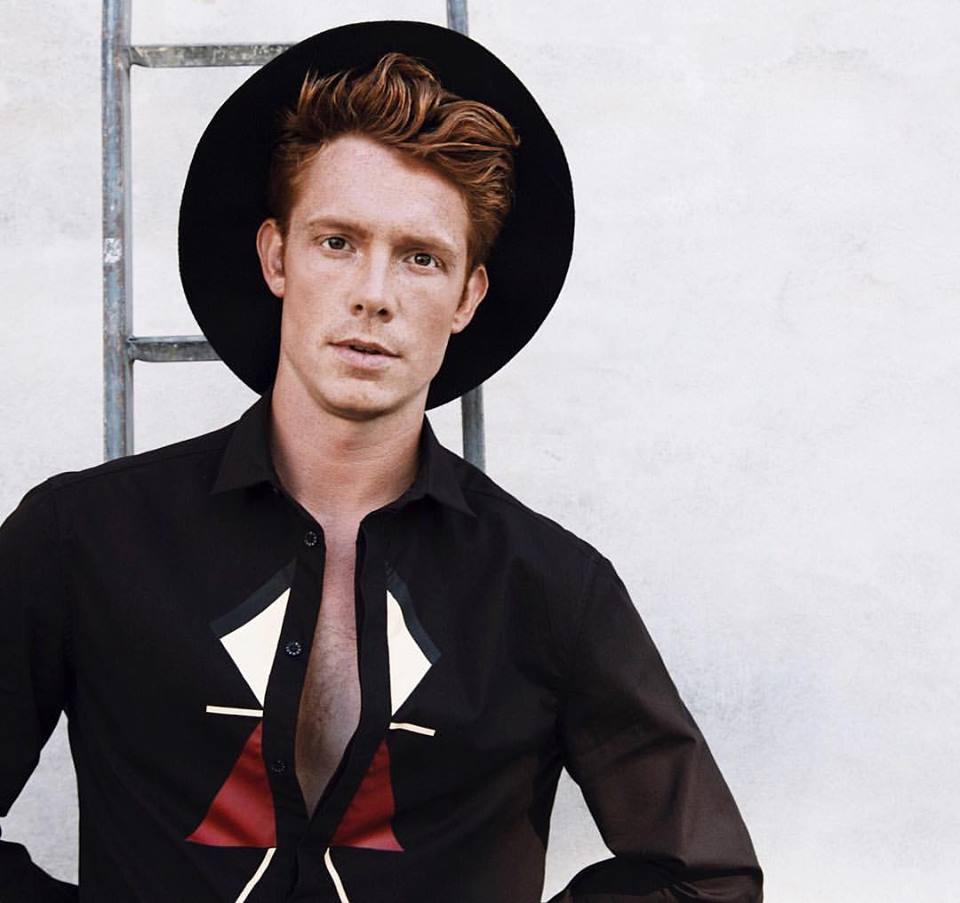 Was fashion something that always caught your interest? Or did you develop an interest over time?
Was fashion something that always caught your interest? Or did you develop an interest over time?
I have always enjoyed creating stuff like handicrafts, paintings or anything out of unconventional materials. I was very fascinated with patterns and colours. My mother has been a great influence when it comes to my inclination towards fashion. She used to be a crafts teacher, and a lot of my basic knowledge of patterns and design came from watching her create things.
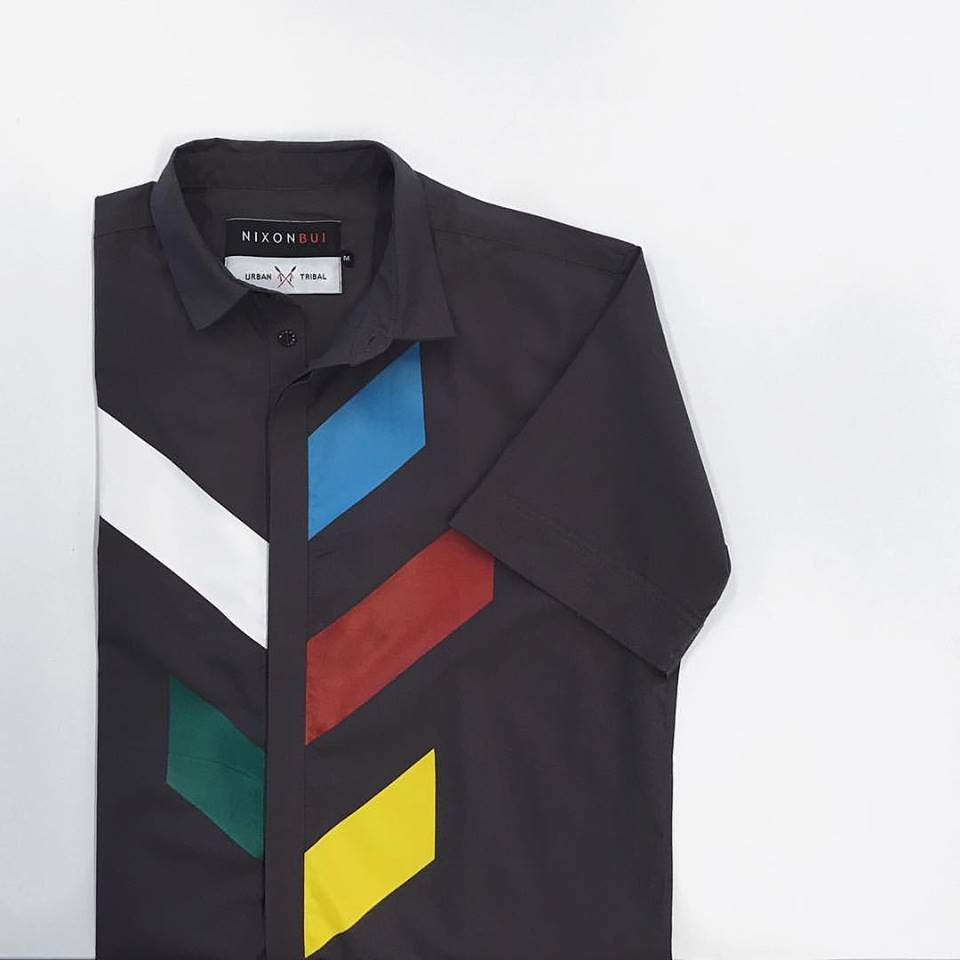 Did you have any fashion influences while growing up?
Did you have any fashion influences while growing up?
Bollywood! I think Bollywood’s fashion inspired me a lot while I was growing up; primarily because that is what we were exposed to. We grew up with only two TV channels. For us, pop culture was all about Bollywood back then.
But on the other hand, I have to add that my mother was also one of the most important fashion influences in my life. From her, I learnt some real hands-on knowledge. I have seen my mother creating garments out of scratch. Having seen all those steps; the dedication and focus that my mother put into producing a fully functioning garment out of nothing, made me appreciate not just the glamorous side of fashion but also the behind-the-scene reality.
Tell us about your journey from being a fashion student to a fashion designer? What was the experience like?
I have never been to a fashion school! It’s not because I never wanted to, but because I didn’t have much choice or the luxury to go to a fashion school. I would like to say that wen it comes to fashion I am my own teacher.
Do I recommend a fashion school? Absolutely! But I also think, art comes out best when it’s untamed.
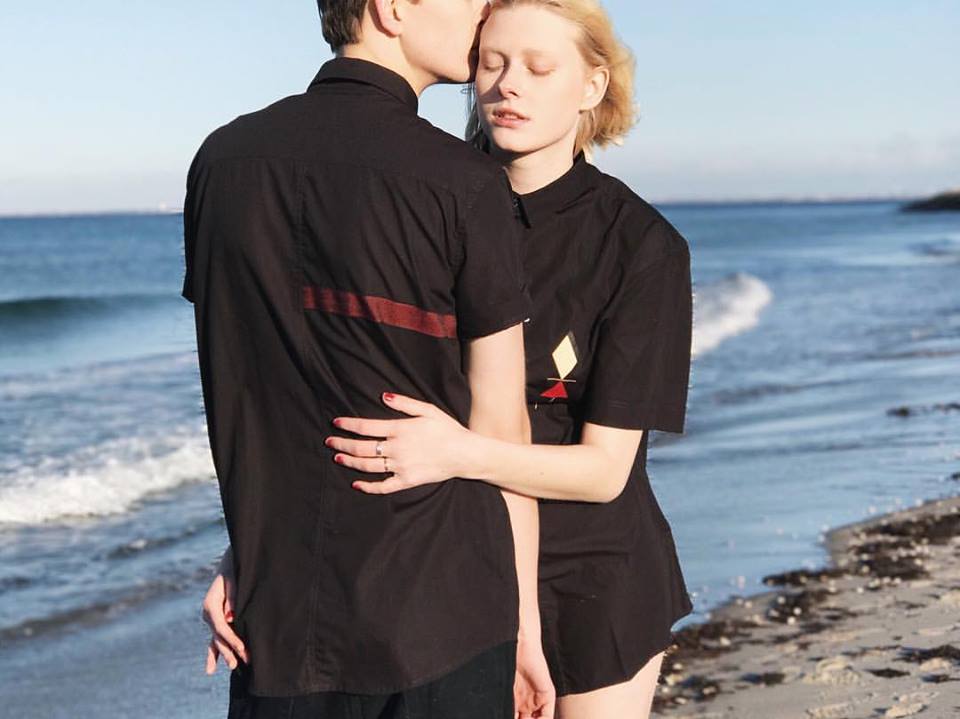 When did you start NIXONBUI?
When did you start NIXONBUI?
It was during the end of 2014. I was about to finish my Master’s degree from Copenhagen Business School, and I wasn’t very happy with the job I was doing. I have been thinking about starting my own company for a long time, but nothing really materialised. And, then suddenly at the end of 2014 I knew the moment had come! I basically woke up one morning and said, Yes! Let’s do this!
What is NIXONBUI’s differentiating factor? What makes it different from its contemporaries?
I believe we are unique in a way that it is a blend of Scandinavian minimalism and tribal ethics. And I don’t think something like this has been ever done before.
 How much Arunachal Pradesh and the traditional costumes of the state played a role in the creations of NIXONBUI?
How much Arunachal Pradesh and the traditional costumes of the state played a role in the creations of NIXONBUI?
I would say a major role. However, NIXONBUI’s designs are not only inspired by the traditional costumes of Arunachal Pradesh and Northeast India in general, but from the lifestyles and perspectives of the beautiful tribal people.
Tell us something about the tribal motifs you use. What was the reason behind using them?
When I like a particular motif, I research about it. I try to get the idea behind the creation of the motif, and then use my own interpretation with regard to its look, and what kind of message it should deliver. Tribal design motifs are very geometrical and I have always liked such designs. Therefore, it made total sense to use such motifs on my designs.
What kind of challenges did you face while starting NIXONBUI? And how did you overcome them?
Firstly, there is the legal aspect of the business, which takes a lot of time and comprises huge deal of paperwork. But once, that’s done, things get a little smoother. However, the real challenge is in being creative both in terms of producing great designs and then being able to sell them. There will be no company if one is unable to create a strategy to sell their products. And, people won’t buy our products if we don’t come up with great designs.
Among other challenges, in a start up, there are other practical issues like finding the right suppliers, manufacturers, taking care of the quality control, and of course finding the right sales channel.
My major challenge has been operating a business in a foreign land where the business and social culture is very different from what I am used to. So, it took me sometime to navigate my way through the new cultural norms. Therefore, I think having a good understanding of the social culture is very important. It helps you design things that people want to buy.
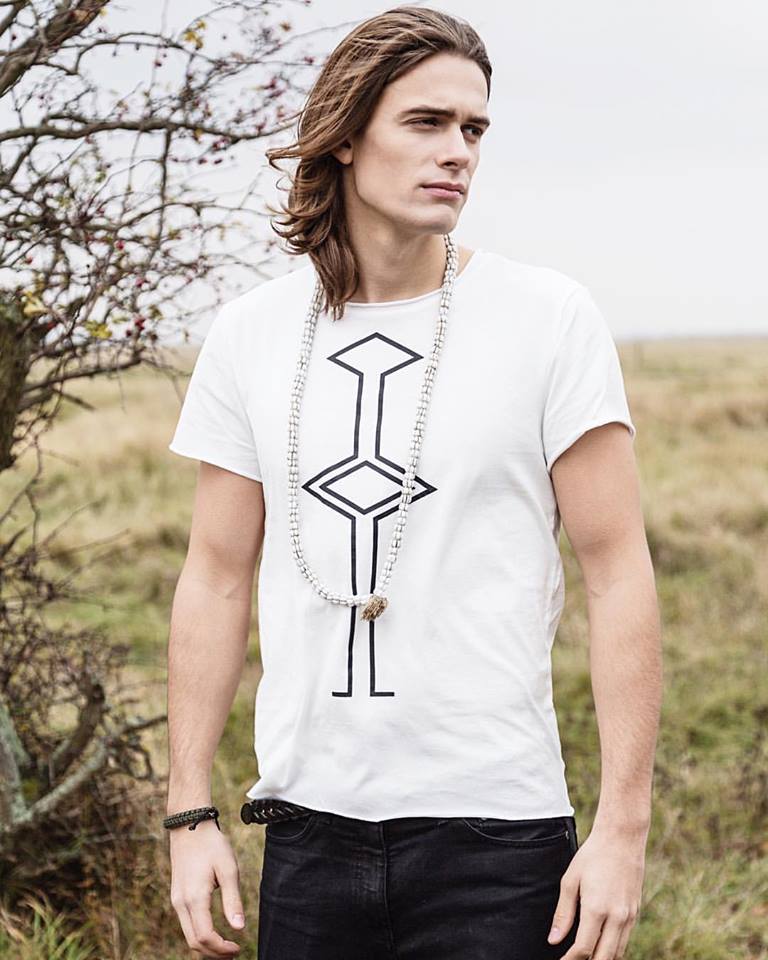 What is your take on the current Indian fashion scene? Are we more open to experimenting? And are we bolder than before? Or, do you think we need a lot of catching up to do vis a vis the foreign fashion scene?
What is your take on the current Indian fashion scene? Are we more open to experimenting? And are we bolder than before? Or, do you think we need a lot of catching up to do vis a vis the foreign fashion scene?
First, there shouldn’t be any catching up to do. I don’t think we should think that foreign fashion scene is better than ours.
Fashion is part of our culture, it’s a much wider concept that’s narrowed down to clothes and accessories. What you see in fashion is a reflection of what is happening around you. India is a beautiful country with a big and varied culture. I think our designs are very bold and daring compared to western fashion which I think can sometimes get too boring because it’s always safe and quiet. Our designers are doing a great job showcasing amazing clothes that reflects our culture, not just in India but all around the world. We have a strong identity and we should be extremely proud about it.
But from a business point of view, I do understand if you are trying to hit a foreign market, you must adjust your designs according to the market demand. At the end of the day, it’s about where you want to go and where do you see yourself in the future.
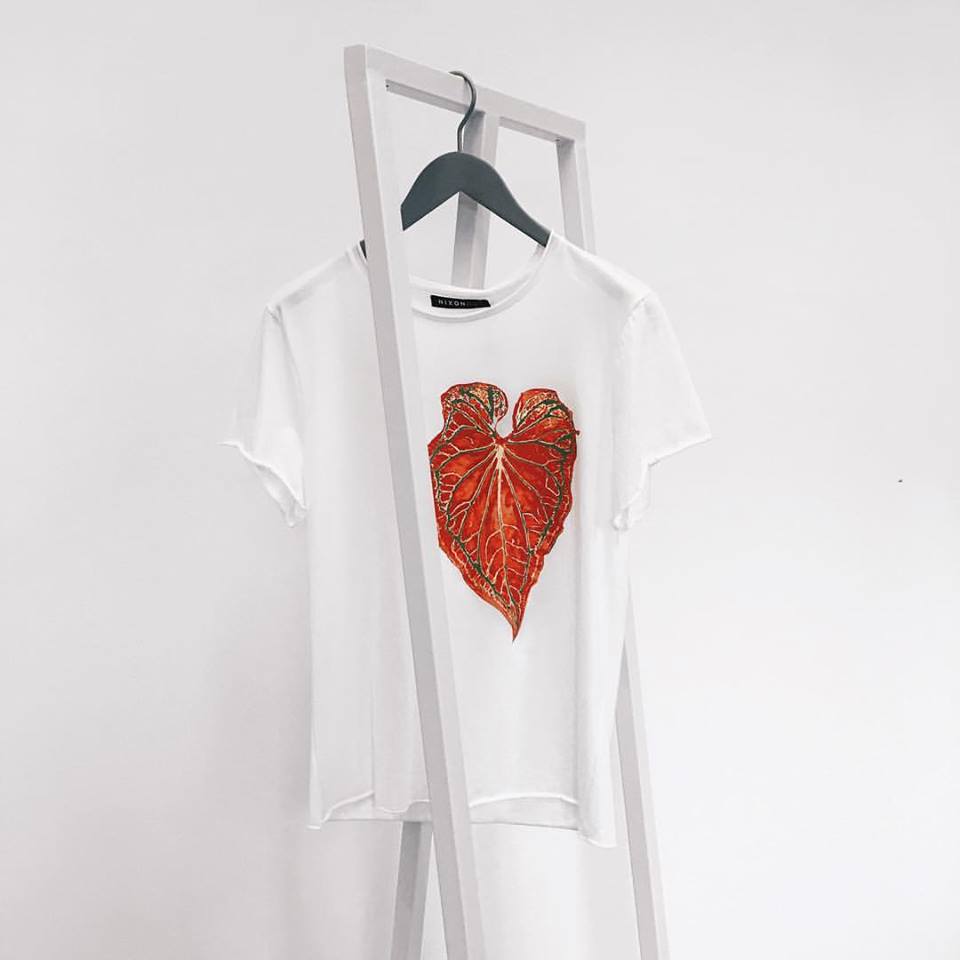 According to you, what is the most common mistake that Indian fashion designers commit?
According to you, what is the most common mistake that Indian fashion designers commit?
Well that’s a big question! I don’t think I am in a position to critique any other designers’ work. Design is a holistic process. Every designer wants to create the best pieces regardless of them wanting to sell it or not.
If the business is not working out, it could be because of wrong business strategies. But I don’t think there is anything as such ‘’mistakes Indian fashion designers do’’. It applies to every designer around the world.
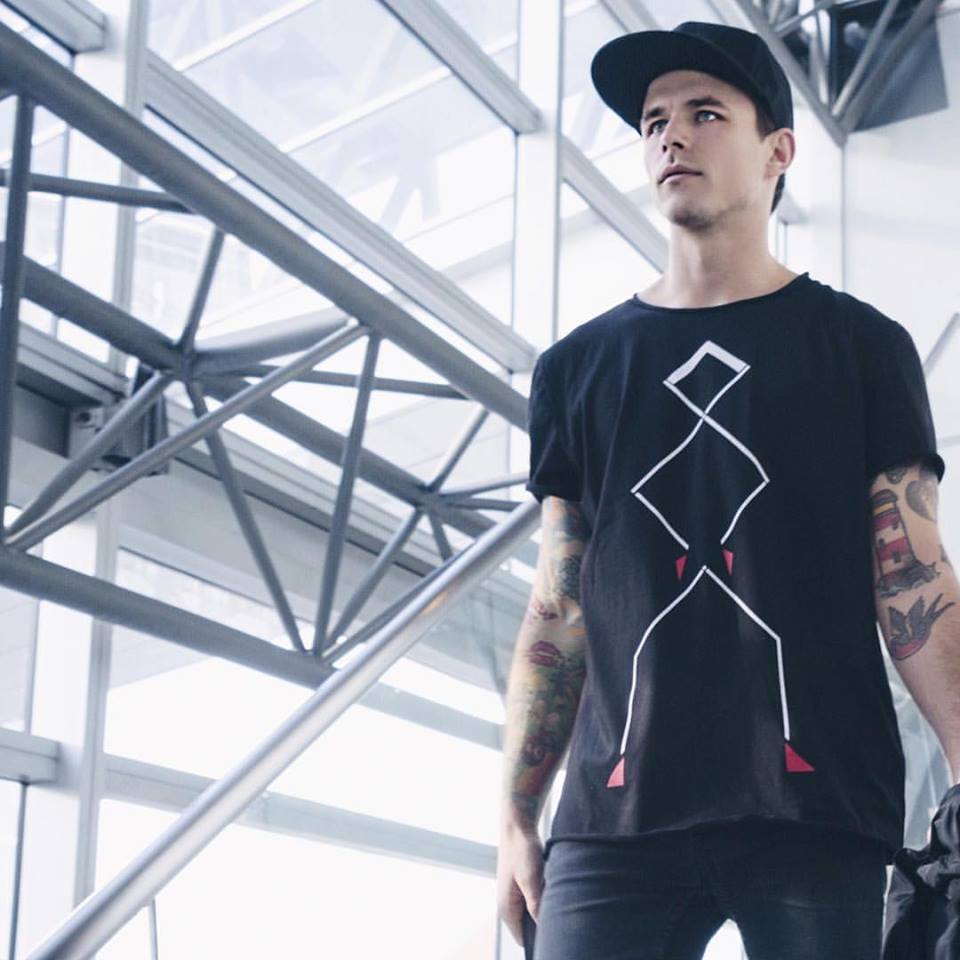 Why is it that, despite being one of the most stylish states in the country, we see so few fashion designers from Arunachal Pradesh, or even from Northeast?
Why is it that, despite being one of the most stylish states in the country, we see so few fashion designers from Arunachal Pradesh, or even from Northeast?
I agree! We don’t get enough platform to showcase our creativity. We have some amazing talents from the Northeast, be it in the field of entertainment, sports or design. But I think it’s time we look deeply into it. I personally think it’s an individual responsibility as well as the responsibility of the government to pave ways for young talents. It starts with appreciating and acknowledging different forms of art.
The world is big and beautiful, but it can get mean sometimes. Sometimes that can get extremely intimidating. Therefore, when talented individuals take a step towards achieving their dreams, what we need is love and support from our people and government.
I also think our government should set up some professional direction to mould and cultivate creativity in our state. There are so many raw talents who could do with some professional guidance.
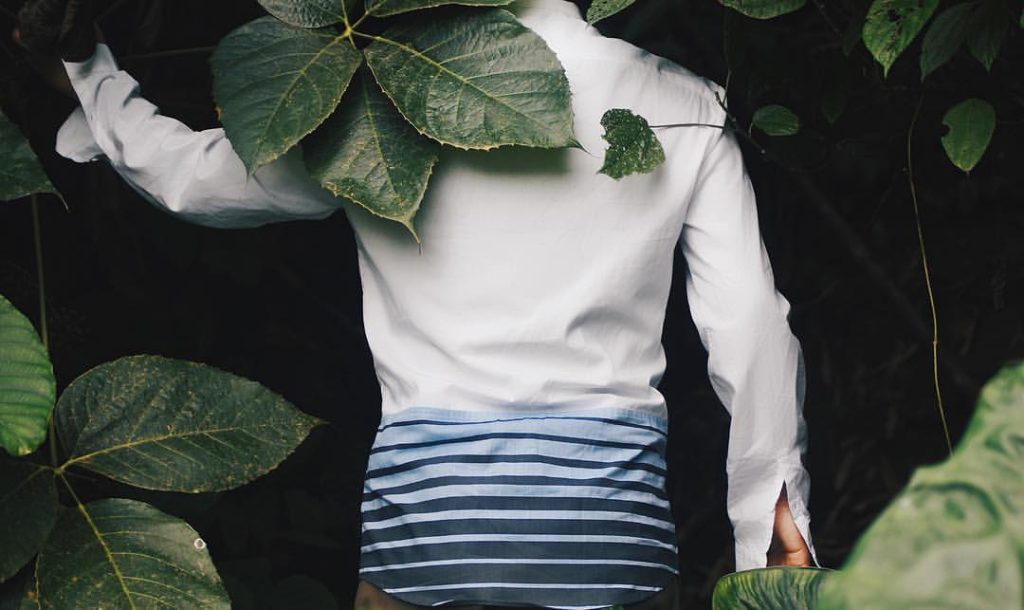 Your brand believes in sustainability. Can you tell us how you go about making eco-friendly sustainable clothes?
Your brand believes in sustainability. Can you tell us how you go about making eco-friendly sustainable clothes?
Sustainability is a wide concept entailing lots of aspects. It is a new way of thinking; from sourcing fabrics to packaging and promotion. In NIXONBUI, we work with organic fabrics, recycled or left over fabrics. We make sure we work with factories that are ethically certified.
Along with this, what I hold dear and put a lot of emphasis is on the factor of sustainability in NIXONBUI should be printed in our mind sets and in the attitude of the company, which will then reflect in our day-today activities.
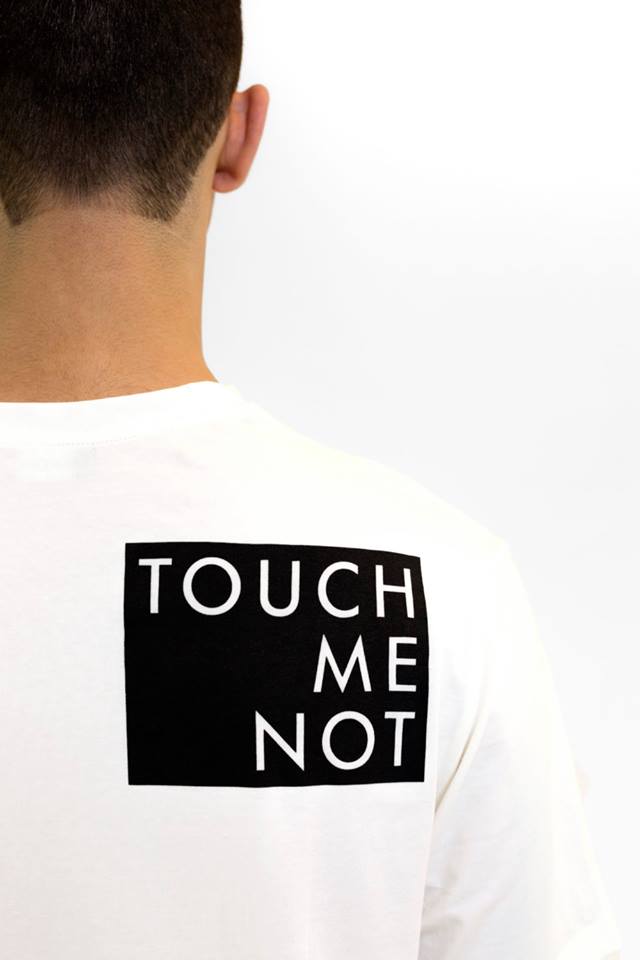 Is Nixon located both in India and Copenhagen? And, what are your future plans?
Is Nixon located both in India and Copenhagen? And, what are your future plans?
We are presently based out of Copenhagen as of now. But, we are coming soon to India, and I am looking forward to it. However, setting up legal structures in India is a complicated affair especially when aiming at setting up a base. That has to be sorted out first.
I am launching NIXONBUI Vodka, which is premium organic vodka, this summer along with my SS18 collection. I am introducing womenswear in my next collection. I am super excited about it.
Any advice you would like to give to up and coming fashion designers?
Listen to yourself, find your style, and commit to it. Don’t be afraid of getting judged. If you are designing and creating, you are already better than many.
If you plan to have your own business, then start getting some business knowledge. Operating a business is hard. Best thing to do as a start is to search for some internships. Design like a dreamer, but be practical about business operations.
All the best!
Follow Nixon on Instagram

Good luck bro. Your hardwork and taste of fashion will fetch you your dreams soon.